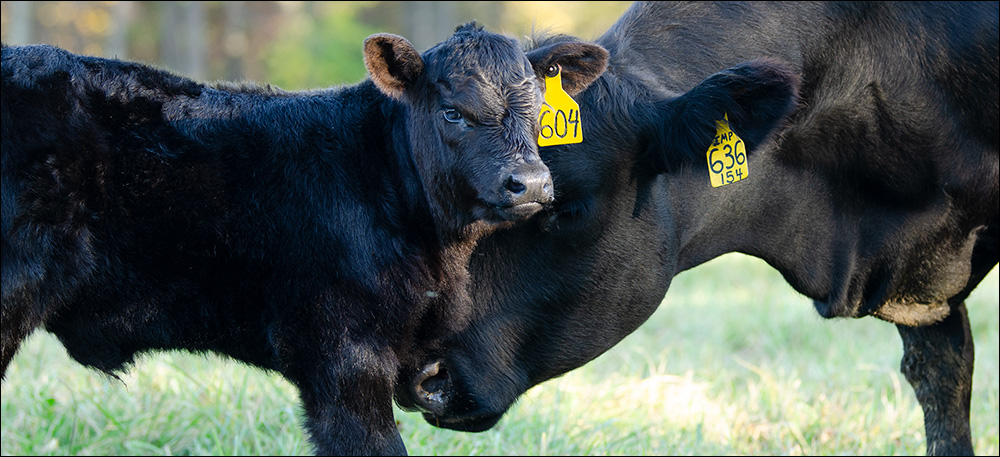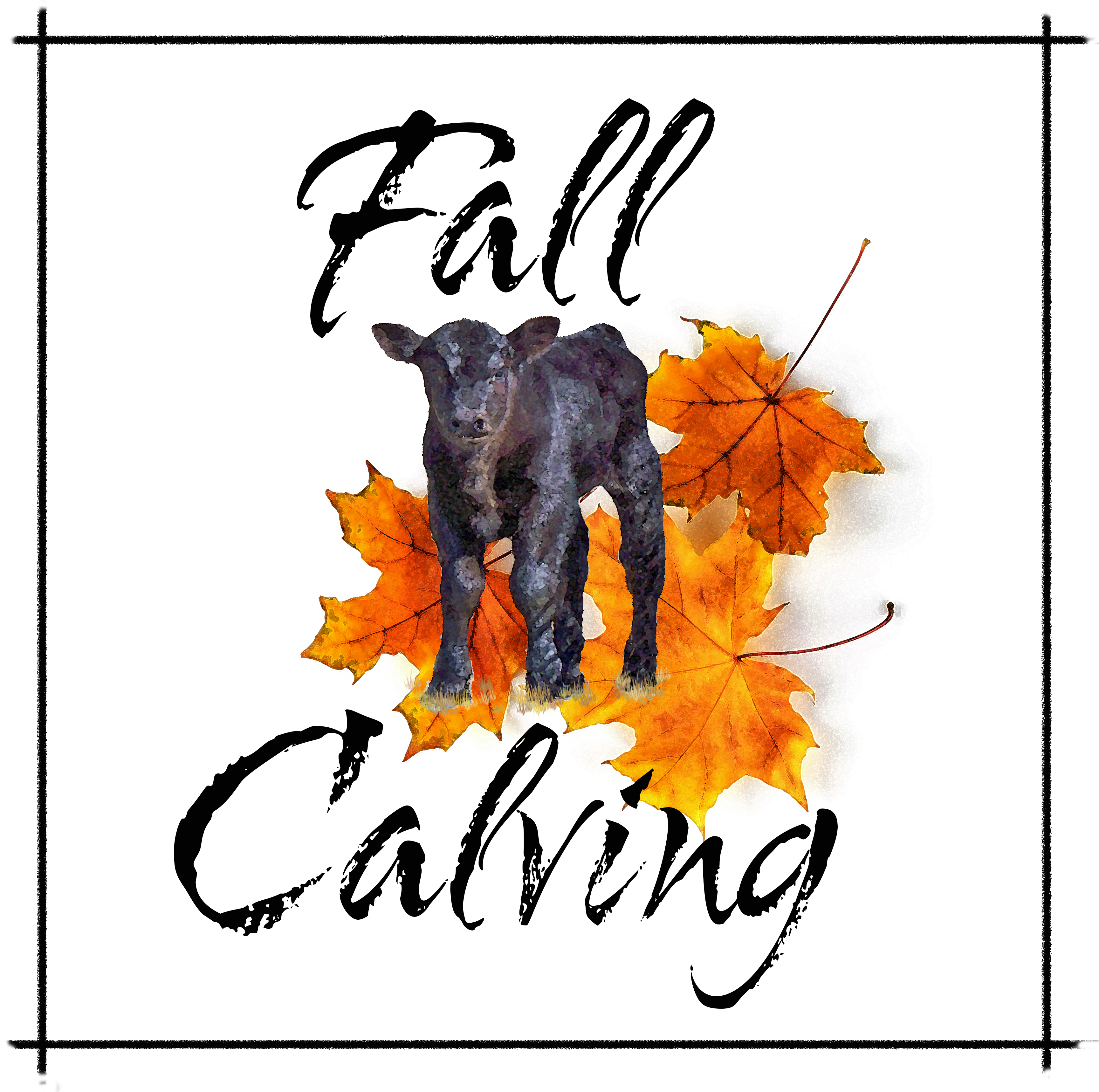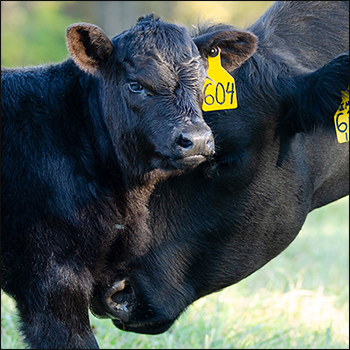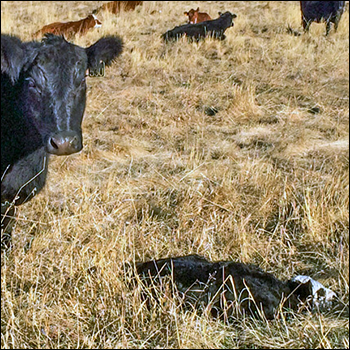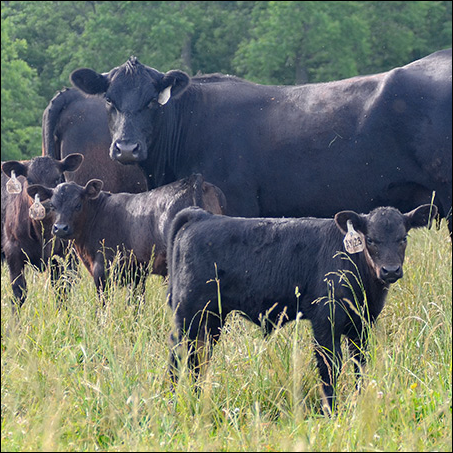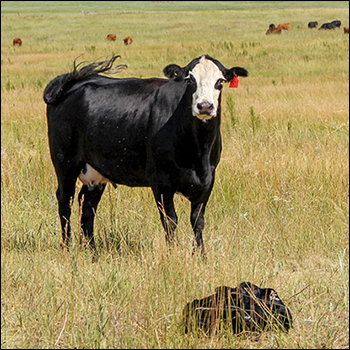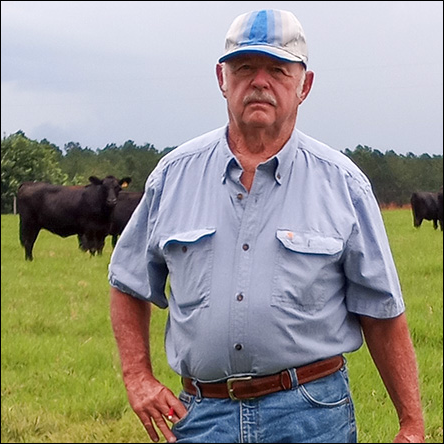Fall-calving Nutrition Notes
Needs are peaked. Keep fall calvers on a high-enough plane of nutrition.
Fall calving can be a tricky situation, where a cow has the highest nutrient needs but forage is at its lowest quality. For fall-calving cows to thrive, know their nutrition requirements.
How to Make Good Drought Silage
Drought doesn’t change rules for good corn silage.
The latest Drought Monitor indicates continuing drought in much of the western and northern regions, and it is creeping into the Midwest. Corn fields are beginning to dry down, but appearance can be misleading when making corn silage, according to Beth Doran, beef specialist with Iowa State University Extension and Outreach. She reminds producers that the rules for good corn silage still apply.
The Future of Antibiotic Use
More scrutiny for antibiotics given to groups of cattle.
According to Kansas State University veterinarian Mike Apley, there once were just four things to consider when contemplating treatment of an animal with an antibiotic. The first consideration was whether it was likely to do any good. The second was whether it might do any harm. Thirdly, a person had to figure out the best way to get the product into the animal. The fourth thing to consider was the cost.
Avoid Body Condition Blues
Keep an eye on body condition in fall-calving cows.
With much of the western and northern regions in a drought, producers with fall-calving cows need to be especially mindful of body condition. Many fall-calving herds start calving in August. This allows producers to take advantage of late-summer grass as a forage resource with ample protein and energy for the newly lactating cow. However, the hot, dry conditions have left many pastures not only short on dry-matter tonnage, but also short on the nutrient density required to maintain the lactating cow.
Scrambling for Forage
Many producers are facing drought challenges.
Many regions across the country are suffering from very dry conditions this year, and cattle producers are scrambling to come up with enough forage to sustain their cows through fall and winter.
Nitrate Concerns
Drought-stressed forages and silage cause concerns for feeding livestock.
Nitrate toxicity may be a problem for farmers grazing corn or feeding green chop this fall. There are many factors to consider when deciding if livestock are at risk of nitrate toxicity. Drought conditions and high levels of nitrogen in the soil can cause prime conditions for high nitrates in plants.
Tips for Managing Health Outdoors
Rabies and blackleg are two deadly diseases that cattle are exposed to living outdoors.
Just as nature-loving humans can experience anything from a twisted ankle to a bug bite when they are outdoors, living in nature can also come with risks for illness in cattle. Three veterinarians recently discussed two rare diseases that can affect cattle — rabies and blackleg.
